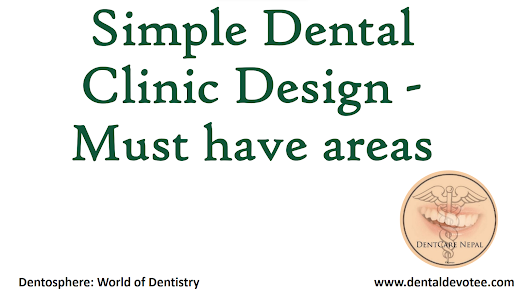When designing a dental clinic, it's important to consider factors such as accessibility, efficiency, and patient comfort. Here are a few key elements to consider:
Reception and waiting area: This should be located near the entrance of the clinic and be designed to be welcoming and comfortable for patients. The number of seats should be made based on the estimated number of patients that typically visit your clinic every day.
Treatment rooms: These should be designed to optimize workflow and efficiency, with ample space for dental equipment and easy access to supplies.
Sterilization and lab area: These areas should be designed to ensure that instruments and equipment are properly sterilized and stored. Should be separate and not easily accessible, spacious enough to accommodate an autoclave machine.
Patient amenities: Consider adding amenities such as televisions, Wi-Fi, and reading materials to help patients feel more comfortable during their visit. Proper toilets and hand-washing basins with mirrors are desirable.
Accessibility: The clinic should be accessible to the elderly and to people with disabilities and comply with relevant regulations.
It is also important to work with a professional architect and dental equipment supplier to ensure that your clinic meets all necessary regulations and has the right layout and equipment for your needs.







